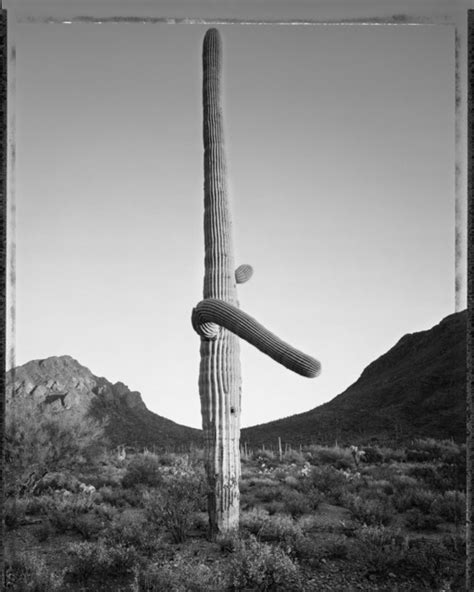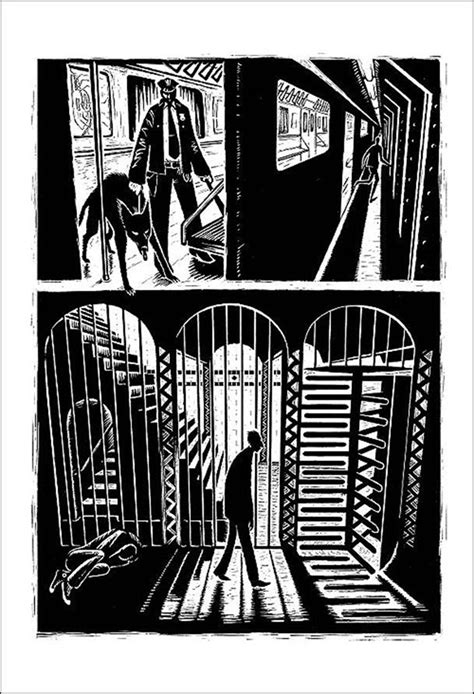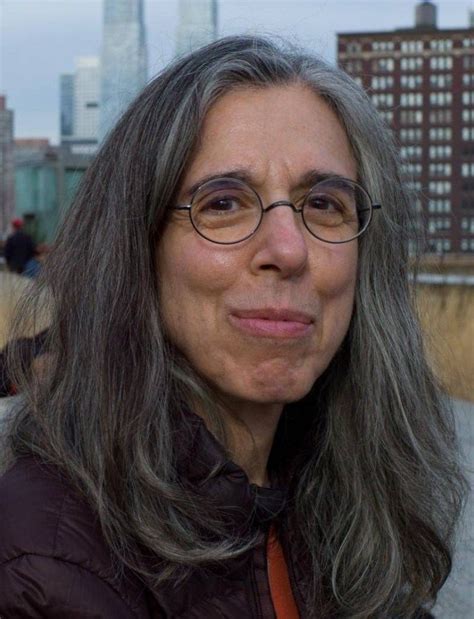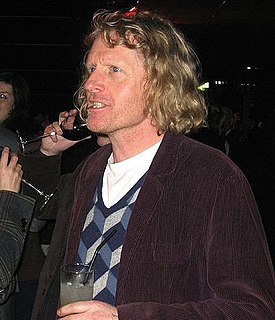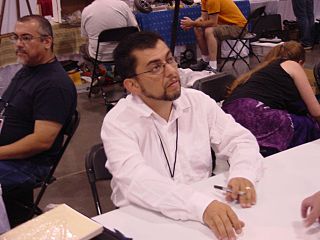A Quote by Molly Crabapple
Art is for the elite because it has a very high price-point of entry. And when one is in that social strata, they look down at illustrators because they just draw things directly for a few hundred dollars and that's seen as being a bit grubby. Galleries allow artists to stay relatively divorced from the financial aspects of their trade. I am lucky because I do fine art, and that is half of my living. And then illustration provides the other half.
Quote Topics
Allow
Am
Art
Art Is
Artists
Aspects
Because
Being
Bit
Directly
Divorced
Dollars
Down
Draw
Elite
Entry
Few
Financial
Fine
Fine Art
Galleries
Half
High
High Price
Hundred
Illustration
Illustrators
Just
Living
Look
Lucky
Other
Other Half
Point
Price
Provides
Relatively
Seen
Social
Stay
Strata
Then
Things
Trade
Very
Related Quotes
Art is for the elite because it has a very high price-point of entry. And when one is in that social strata, they look down at illustrators because they just draw things directly for a few hundred dollars, and that's seen as being a bit grubby. Galleries allow artists to stay relatively divorced from the financial aspects of their trade.
Fine-art photography is a very small world associated with galleries, museums, and university art programs. It's not like rock music; the products of this world have never been widely seen because the artists are often exploring things that are not already coded in general consciousness. It's not that photographers don't want to be famous, it's just that very few of the views from the edges of culture make the mainstream. Ansel Adams was an exception.
I was a VJ to begin with, so I had a good year of interviewing artists, but then I would spend half my time being interviewed about half my projects, and the other time, other people. It was good because it made me a better interviewer because I knew what people didn't like being asked, and what they enjoy being asked, so I am super used to it.
There is a good deal of art that in some traditions of conceptual work are anti-affect, in fact a very large chunk of mainstream art after 1950 took against affect art altogether because they said, "No, we hate affect art because this is how we get manipulated by totalitarianism and therefore artists shouldn't play that game." And a lot of artists agreed to play that game, which I personally believe is to the loss of art.
One of the crucial underpinnings of New York as a culture capital is that there are multiple markets. There is not just one art gallery district, there are several art gallery districts. I feel that there should be art galleries and art studios in every neighborhood without exception. They should be integrated into the social and physical fabric of the streets. If we want a lively city, we can't just have high towers and dense constructions, we have to have living organisms of streets and neighborhoods. And the arts are a crucial part of that.
My father was very political. But he told me, "Be very careful when you get into politics, because there's no black and white. There's an in-between in everything. So look at that side, don't take one point, because then you are negating half of the other people. Try to find the logic on a problem, something that you believe, and take the position that you believe, but be very careful about it." So I was very well trained in that aspect.
Two main groups like to drop the readymade bomb—galleries and art historians. Galleries love to drop the Duchamp brand because dealers can try to convince clients of an artist’s worth just by mentioning the mouthwatering response readymade. Most Art Historians aren’t interested in what artists are making in Bushwick studios, most of whom rarely wake up with Duchamp on the brain.

